Buff Orpington chickens are a popular breed of poultry that originated in England in the late 19th century. They are known for their large size, fluffy feathers, and gentle temperament. They are also excellent layers of large brown eggs and can produce up to 280 eggs per year. Buff Orpingtons are adaptable to various climates and environments and can thrive in both free-range and confined settings. They are also friendly and docile, making them ideal for backyard chicken keepers and families with children.
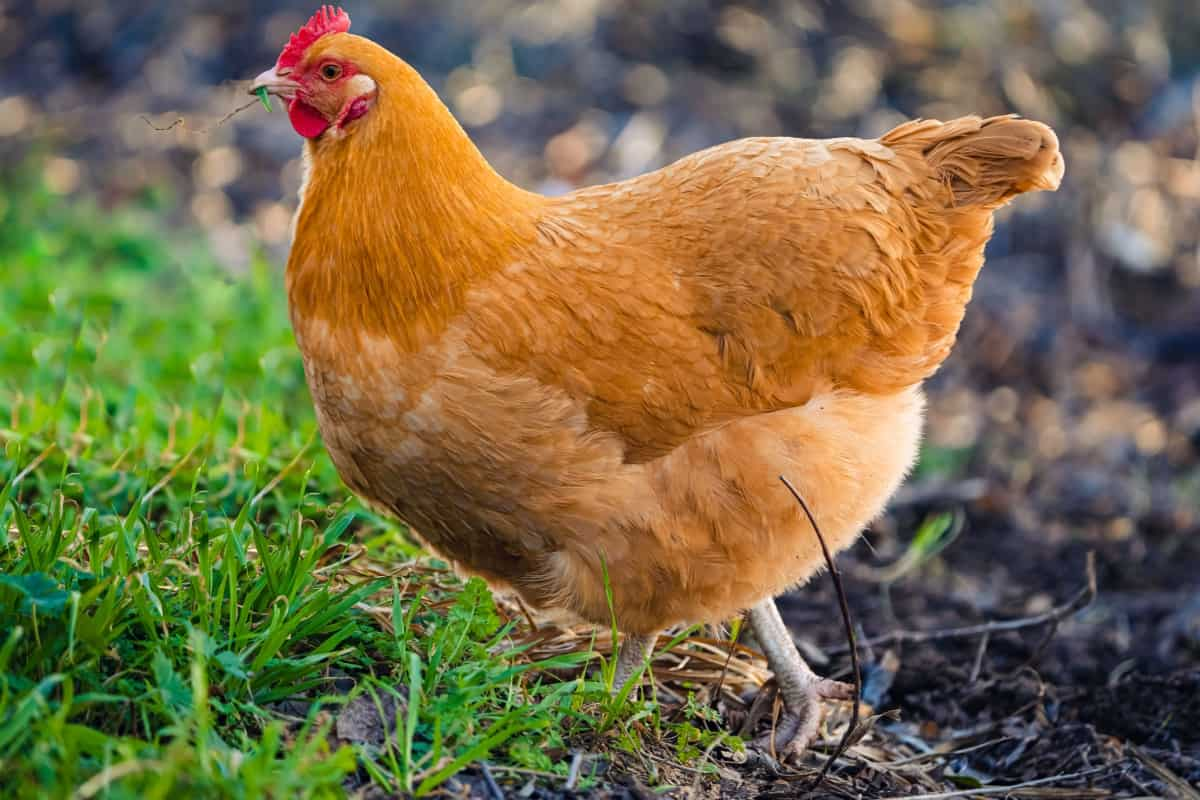
How to Raise Buff Orpington Chickens
Key Facts and Tips for Raise Buff Orpington Chickens
- History and Origin: Originated in late 19th century England by William Cook. Dual-purpose breed for meat and eggs through crossbreeding. Named after the town Orpington in Kent, England.
- Characteristics and Temperament: Medium to large size, golden buff-colored feathers. Ideal for meat production, friendly, and adaptable.
- Egg-laying and Annual Production: Prolific layers: 200-280 light brown eggs per year. Suitable for small homesteads, excellent broody hens.
- Considerations for Caring: Adequate housing with 4-5 sq ft inside and 10 sq ft outside per bird. Emphasis on dry, clean, well-ventilated coop. A high-protein diet, fresh water, and grit for digestion.
- Health Concerns: Susceptible to respiratory issues, coccidiosis, and sour crops. Regular health checks, clean environment, prompt medical attention.
- Benefits of Buff Orpingtons: Dual-purpose, docile, and friendly. Reasonable egg production enhances desirability.
- Cost of Buff Orpington Chickens: $10 to $45 per bird, influenced by reputation, availability, and purchase location. Discounts for bulk purchases from hatcheries or private breeders.
- Maximizing Egg Production: Achieved through a nutritious diet, consistent schedule, and stress-free environment.
- Meat Production: Large size, plumpness, suitable for meat. Requires a high-protein diet, adequate space, and regular health checks.
- Raising and Caring Tips: Adequate housing, balanced diet, regular health checks. Gentle handling, special considerations for chicks and young chickens.
- Creating a Comfortable Environment: Thrive in sufficient space, cleanliness, and proper shelter. Enrichment activities, attention to temperature conditions.
- Breed Standards: Deep, broad body, well-rounded contours, uniform golden buff feathers. Bright red hue in comb, wattles, and earlobes.
- Where to Find/Purchase Buff Orpingtons: Available through hatcheries, breeders, and online sources. Prioritize healthy and high-quality chickens for a thriving flock.
The Temperament and Behavior of Buff Orpington Chicken
Buff Orpington chickens are calm and affectionate birds that enjoy human interaction and attention. They are not aggressive or flighty and will often follow their owners around the yard. They are also tolerant of other chickens and animals and can get along well with different breeds of poultry. However, they may be bullied by more dominant or assertive chickens, so they need to be protected from pecking order issues.
The Life Cycle of Buff Orpington Chickens: Growth Stages
Buff Orpington chickens hatch from eggs after 21 days of incubation. The chicks are yellow and fluffy and need to be kept warm and dry for the first few weeks of their lives. They also need a high-protein starter feed, fresh water, and a safe brooder area. The chicks will grow rapidly and will start to develop their adult feathers at around six weeks of age.
In case you missed it: 45 Days Chicken Business Plan: Revenue, Costs, and Profitability Analysis
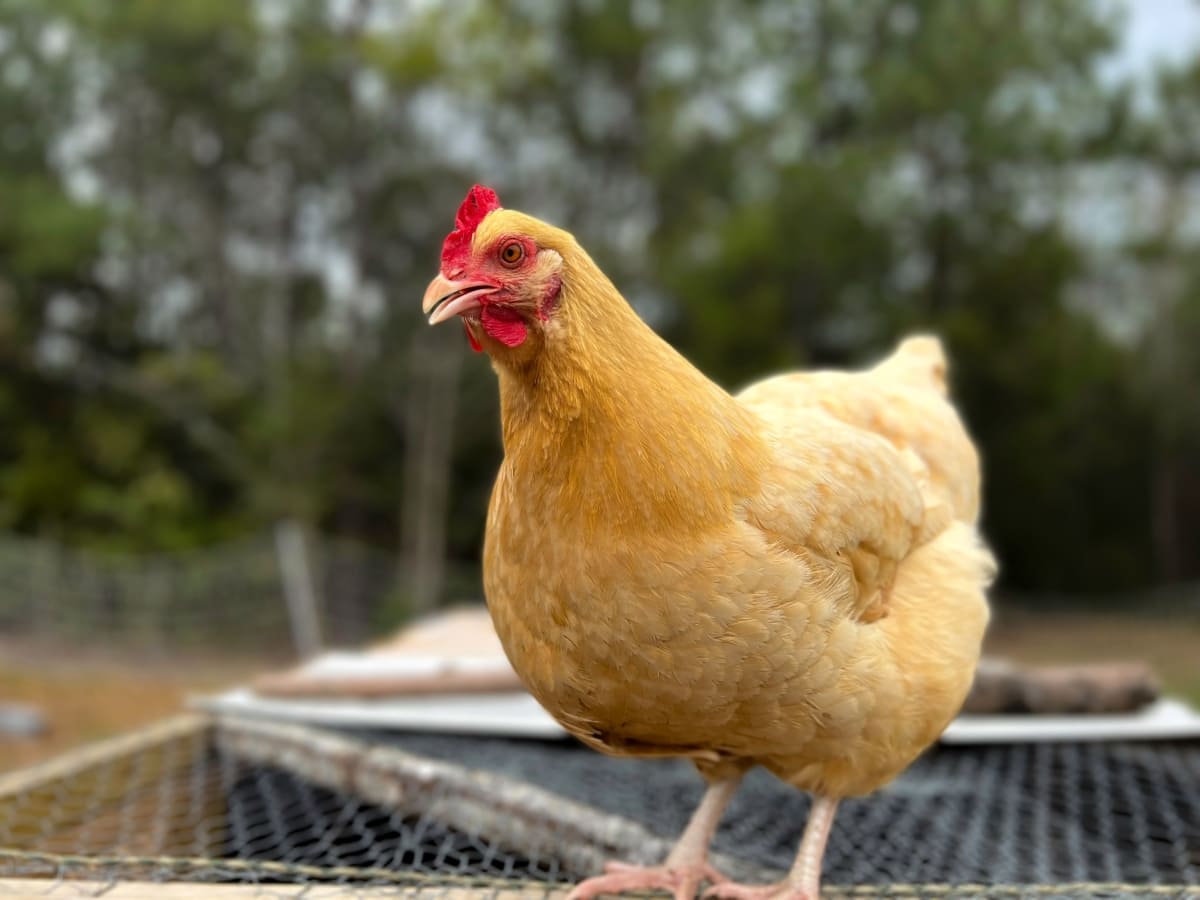
They will also become more independent and adventurous and will need more space to roam and explore. The chicks will reach maturity at around six months of age and will start laying eggs soon after. The average lifespan of a Buff Orpington chicken is 8 to 10 years.
Egg-Laying Habits of Buff Orpington Chickens
Buff Orpington chickens are prolific layers of large brown eggs that have a rich flavor and a high nutritional value. They to 280 eggs per year, or about five eggs per week. They usually start laying eggs at around six months of age, but this may vary depending on the season, the diet, the health, and the individual bird.
Buff Orpingtons are not very broody, meaning they do not have a strong urge to sit on their eggs and hatch them. However, some hens may become broody occasionally, especially in the spring or summer. If you want to hatch your own Buff Orpington chicks, you will need to provide a nesting box, a fertile rooster, and an incubator or a broody hen.
Boosting Egg Production in Buff Orpingtons
Various factors, including age, health, diet, stress, lighting, and weather, influence egg production in Buff Orpington chickens. To improve egg production:
- Provide a balanced diet with protein, calcium, vitamins, minerals, and water, and supplement it with fresh greens, fruits, vegetables, herbs, seeds, worms, insects, or other treats.
- Avoid overfeeding or underfeeding to prevent obesity or malnutrition.
- Regularly change clean water and maintain adequate lighting, especially during winter or cloudy days.
- Use artificial lights or timers to extend daylight hours if needed.
- Provide a comfortable, spacious coop with nesting boxes, perches, bedding, ventilation, insulation, and predator protection.
- Clean the coop regularly and remove dirty or broken eggs.
- Collect eggs daily, store them in a cool, dry place.
- Avoid stress by handling chickens gently, providing enough space, socialization, enrichment activities, and preventing diseases and parasites.
Buff Orpington Egg Size, Color, and Price
Buff Orpington eggs, weighing 60 grams or more, are a popular choice for consumers and farmers due to their quality and quantity. They have a brown color, smooth shell, and creamy yolk. The price of a dozen eggs can depend on location, season, demand, and supply, but the average is around $4 to $6.
Building a Coop for Buff Orpingtons
Buff Orpington chickens require a spacious, sturdy coop with ample nesting boxes, perches, bedding, ventilation, insulation, and protection from predators. The recommended size is 4 square feet per bird for indoor space and 10 square feet per bird for outdoor space. A secure, covered run with a 6-foot high fence and 12 inches buried 12 inches deep is also essential for their freedom of roaming and foraging. The run should also provide shade, shelter, and water sources for the chickens. The coop should be easy to clean and maintain.
In case you missed it: The Genetic Revolution Enhancing Chicken Farming Through Genetics
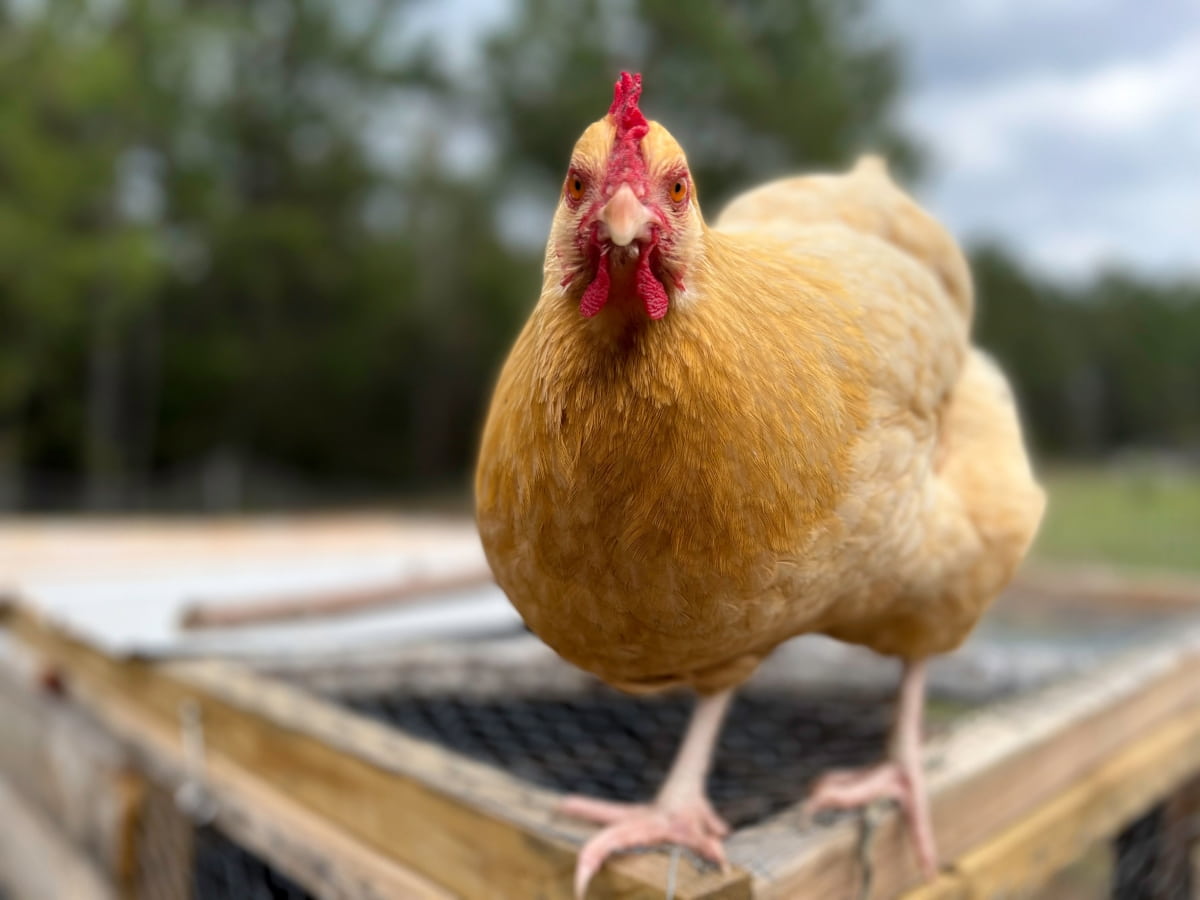
Organic Rearing Techniques for Buff Orpington Chickens
Organic rearing techniques are methods of raising chickens that adhere to the principles of organic farming, avoiding synthetic chemicals, antibiotics, hormones, or genetically modified organisms. These techniques aim to provide a natural and healthy environment for the chickens and high-quality products for consumers.
Buff Orpington chickens can be raised using organic feed certified by a reputable organization, access to fresh greens, fruits, vegetables, herbs, seeds, worms, insects, or other natural treats, free-ranging or pasture-raised in diverse areas, rotating them to prevent overgrazing and soil erosion, using natural or herbal remedies to prevent or treat diseases and parasites, avoiding vaccines or medications unless prescribed by a veterinarian, and following the organic standards and regulations of your country or region.
Sustainable Practices in Raising Buff Orpington Chickens
Sustainable practices in poultry farming aim to reduce environmental impact and enhance social and economic benefits. These practices conserve natural resources, promote animal welfare, support local communities, and ensure food security and safety.
Buff Orpington chickens can adopt sustainable practices such as using renewable energy sources, collecting rainwater, composting chicken manure and bedding, recycling materials and equipment, selling or donating chicken products to local markets, restaurants, schools, charities, or neighbors, and educating others about the benefits and challenges of raising Buff Orpington chickens. By implementing these practices, farmers can contribute to the sustainability of their operations and contribute to the well-being of their communities.
Integrating Buff Orpington Chickens with Other Poultry Breeds
Buff Orpington chickens are friendly and docile but may be bullied by aggressive breeds like Rhode Island Reds, Leghorns, or Australorps. To integrate them with other poultry breeds, choose breeds with similar size, temperament, and needs, quarantine new birds for at least two weeks, introduce them in a neutral area with enough space, food, water, and hiding places, supervise closely, provide enough nesting boxes, perches, bedding, and feeders, and avoid overcrowding or competition. Reward positive behavior and discourage negative behavior with treats or praise.
Winter Care for Buff Orpington Chickens
Buff Orpington chickens are a hardy breed that can tolerate cold weather well, but they still need extra care during winter. To keep them healthy and happy:
- Provide a dry, draft-free, and well-ventilated coop with enough space for comfortable movement and roosting.
- Add extra bedding to insulate the floor and nest boxes.
- Keep the water supply fresh and unfrozen using a heated waterer or a water heater base.
- Add apple cider vinegar or garlic to the water to boost the chickens’ immune system and prevent respiratory infections.
- Feed them high-quality, high-protein feed to maintain body heat and feather condition, and offer extra treats like corn, sunflower seeds, or mealworms to increase their calorie intake.
- Protect them from predators like foxes, raccoons, or hawks by using electric fencing, predator lights, or guard dogs.
- Lock them in the coop at night and let them out in the morning.
- Monitor them for signs of frostbite, apply petroleum jelly or coconut oil to affected areas before the temperature drops, and trim feathers around their feet to prevent ice buildup.
In case you missed it: Strategies for Maximizing Egg Production in Your Chicken Farm: Tried and Tested Strategies
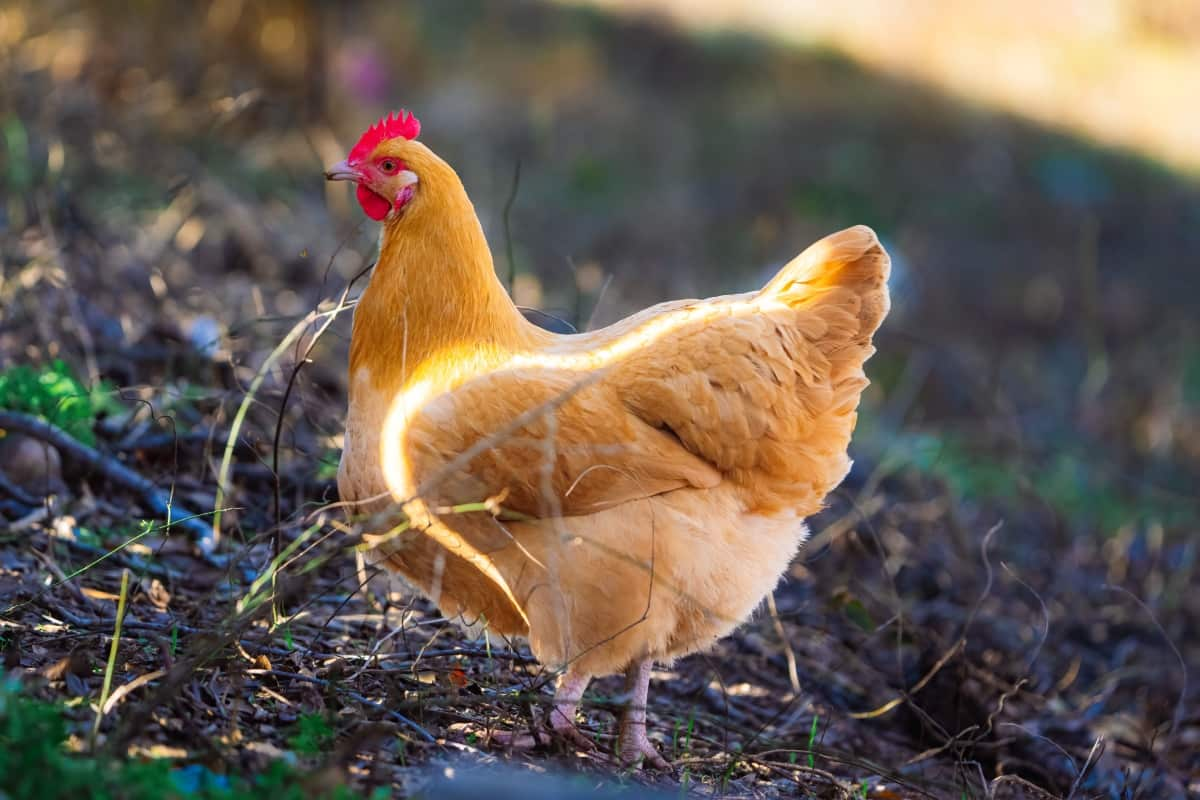
Common Health Problems in Buff Orpington Chickens
Buff Orpington chickens are generally healthy but may suffer from common health problems. These include parasites like mites, lice, worms, or coccidia, which can cause itching, feather loss, weight loss, diarrhea, or anemia. To prevent these, keep the coop clean and dry, provide dust baths, and use natural or chemical treatments.
Prevent respiratory diseases like bronchitis, mycoplasma, or avian influenza by providing good ventilation, avoiding overcrowding, isolating sick birds, and vaccinating the flock. Address egg-laying issues by providing a balanced diet, ensuring adequate nest boxes, and checking regularly. Prevent bumblefoot by keeping the coop floor clean, removing sharp objects, and treating wounds promptly with antiseptic and bandages.
What to Feed Buff Orpington Chickens: Diet Requirement
Buff Orpington chickens are a versatile breed that can produce both eggs and meat. To ensure their health, they should be fed a commercial poultry feed appropriate for their age and purpose. Starter feeds should be 18-20% protein until eight weeks old, then 16-18% protein until 18 weeks old, and layer feeds 15-17% protein and 3-4% calcium when they start laying eggs.
Broiler feeds should have 20-22% protein until desired weight. Fresh water is essential for hydration, digestion, and egg production. Supplementing their diet with safe greens, fruits, vegetables, or herbs can provide vitamins, minerals, antioxidants, and fiber. Avoid toxic or unhealthy foods like chocolate, avocado, onion, garlic, citrus fruits, raw potatoes, salty foods, moldy foods, or human junk foods, as they can cause digestive problems, poisoning, or death.
Breeding Buff Orpington Chickens
Buff Orpington chickens popular breed for breeding due to their ease of mate, fertility, and good mothering qualities. To breed Buff Orpingtons, select healthy, vigorous, and conforming birds, avoid inbreeding or crossbreeding with other breeds, and separate the breeding pair from the rest of the flock. Provide enough space, food, water, and nest boxes for the birds, and monitor their behavior and health closely.
Allow the roosters and hens to mate naturally, with one rooster mating with up to 10 hens. Collect and incubate the eggs, which should be stored in a cool, dry place for 21 days. Care for the chicks until they are ready to join the flock, keeping them in a warm, safe, and clean brooder for the first six weeks and vaccinations against common diseases and predators.
Protecting Buff Orpingtons from Predators
Buff Orpingtons are large, docile chickens that may struggle to defend themselves against predators. To protect them:
- Build a secure coop with solid walls, a roof, a floor, and a night-lockable door.
- Use electric fencing or chicken wire to keep predators out of the run or yard.
- Provide hiding places and shelters with bushes, trees, rocks, or wooden structures.
- Use deterrents like predator lights, motion-activated sprinklers, noise makers, or dogs to scare away predators.
- Use natural or chemical repellents like urine, pepper spray, or ammonia to keep predators away.
- Identify and eliminate sources of attraction for predators, such as food scraps, garbage, compost, or dead animals.
- Collect eggs daily and dispose of sick or injured chickens promptly.
In case you missed it: How to Start Free-range Chicken Farming: A Step-By-Step Guide, Advantages, and Disadvantages
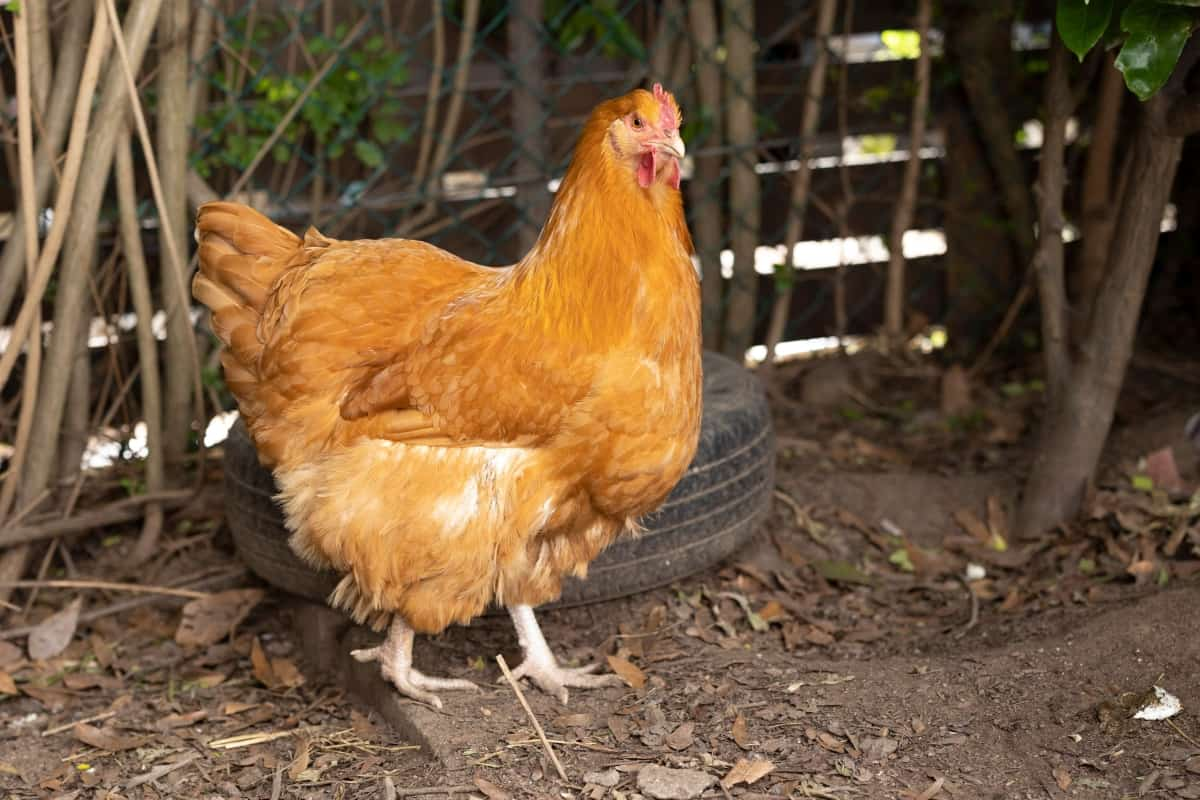
Dealing with Egg-Laying Issues in Buff Orpington Hens
Buff Orpington hens are egg-laying, prolific birds, producing 200-280 eggs annually. However, they may face egg-laying issues, such as egg binding, which can cause pain, discomfort, infection, or death. To prevent egg binding, provide adequate calcium and protein, ensure nest boxes, and gently massage the abdomen. Prolapse, where part of the oviduct protrudes out of the vent after laying an egg, can cause bleeding, infection, pecking, or death. Providing calcium and protein can help prevent these issues.
Training and Preparing Buff Orpington Chickens for Poultry Shows
Buff Orpington chickens are breed for poultry shows due to their calm temperament, large size, and beautiful plumage. They are dual-purpose birds that can provide eggs and meat. To show Buff Orpingtons, it is essential to train them from an early age, handle them gently, expose them to different environments, and teach them to stand still. Preparing them involves grooming and conditioning, keeping their feathers clean, trimming nails, beaks, and wattles, feeding them a balanced diet, and providing fresh water, clean bedding, and adequate space.
In case you missed it: How to Start Country Chicken Farming from Scratch in Andhra Pradesh: A Step-By-Step Guide for Beginners
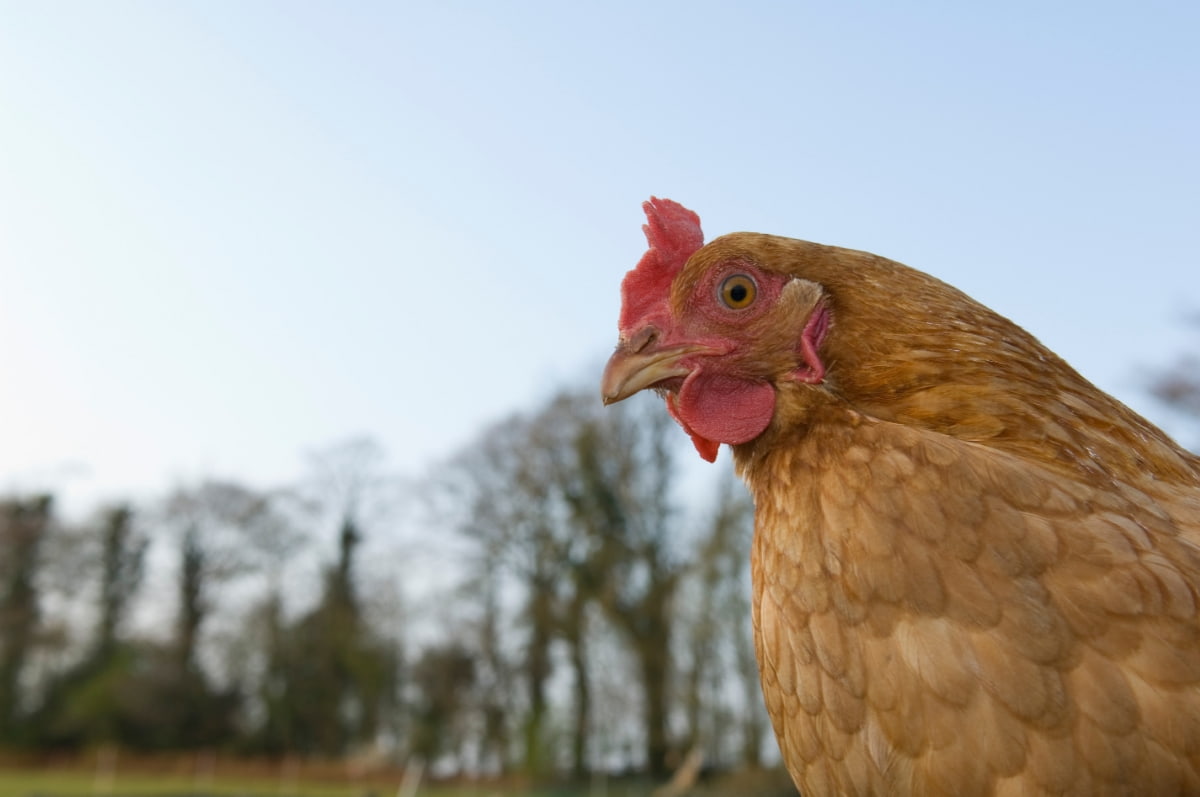
Conclusion
Poultry shows are a fun hobby for raising Buff Orpington chickens, as they are easy to handle, versatile, and attractive. To make them stand out, they need proper training, socialization, grooming, and a nutritious diet. This allows you to enjoy the benefits of raising Buff Orpingtons and impress judges.
- Types of Pesticides Used in Agriculture: A Beginner’s Guide
- Economical Aquaculture: A Guide to Low-Budget Fish Farming
- 15 Common Planting Errors That Can Doom Your Fruit Trees
- How to Make Houseplants Bushy: Effective Tips and Ideas
- Innovative Strategies for Boosting Coconut Pollination and Yield
- Pollination Strategies for Maximum Pumpkin Yield
- The Complete Guide to Chicken Fattening: Strategies for Maximum Growth
- Natural Solutions for Tulip Problems: 100% Effective Remedies for Leaf and Bulb-Related Issues
- Revolutionizing Citrus Preservation: Towards a Healthier, Greener Future
- Natural Solutions for Peony Leaf and Flower Problems: 100% Effective Remedies
- Maximizing Profits with Avocado Contract Farming in India: A Comprehensive Guide
- Natural Solutions for Hydrangea Problems: 100% Effective Remedies for Leaf and Flowers
- The Ultimate Guide to Choosing the Perfect Foliage Friend: Bringing Life Indoors
- From Sunlight to Sustainability: 15 Ways to Use Solar Technology in Agriculture
- The Ultimate Guide to Dong Tao Chicken: Exploring from History to Raising
- The Eco-Friendly Makeover: How to Convert Your Unused Swimming Pool into a Fish Pond
- Mastering the Art of Delaware Chicken Farming: Essentials for Healthy Backyard Flocks
- 20 Best Homemade Fertilizers for Money Plant: DIY Recipes and Application Methods
- How to Craft a Comprehensive Free-Range Chicken Farming Business Plan
- Brighten Your Flock: Raising Easter Egger Chickens for Beauty and Bounty
- How to Optimize Your Poultry Egg Farm Business Plan with These Strategies
- Subsidy for Spirulina Cultivation: How Indian Government Schemes Encouraging Spirulina Farmers
- Ultimate Guide to Raising Dominique Chickens: Breeding, Feeding, Egg-Production, and Care
- Mastering the Art of Raising Jersey Giant Chickens: Care, Feeding, and More
- Ultimate Guide to Raising Legbar Chickens: Breeding, Farming Practices, Diet, Egg-Production
- How to Raise Welsummer Chickens: A Comprehensive Guide for Beginners
- How to Protect Indoor Plants in Winter: A Comprehensive Guide
- Ultimate Guide to Grow Bag Gardening: Tips, Tricks, and Planting Ideas for Urban Gardeners
- Guide to Lotus Cultivation: How to Propagate, Plant, Grow, Care, Cost, and Profit
- Agriculture Drone Subsidy Scheme: Government Kisan Subsidy, License, and How to Apply Online
- Ultimate Guide to Raising Araucana Chickens: Breed Profile, Farming Economics, Diet, and Care
- Bringing Hydroponics to Classroom: Importance, Benefits of Learning for School Students
- Ultimate Guide to Raising Polish Chickens: Breed Profile, Farming Economics, Diet, and Care
- Ultimate Guide to Raising Australorp Chickens: Profile, Farming Economics, Egg Production, Diet, and Care
- Silkie Chicken Farming: Raising Practices, Varieties, Egg Production, Diet, and Care
- Sussex Chicken Farming: Raising Practices, Varieties, Egg Production, Diet and Care